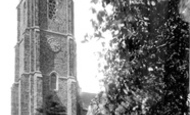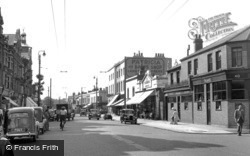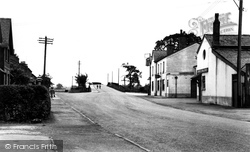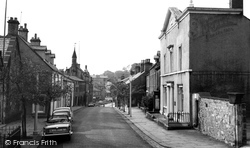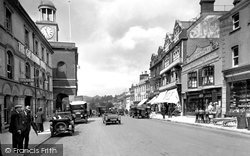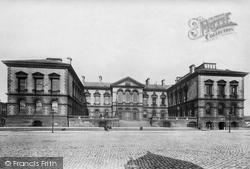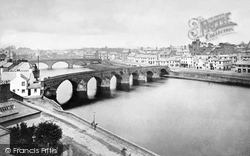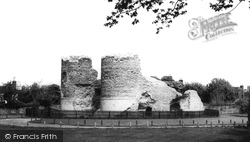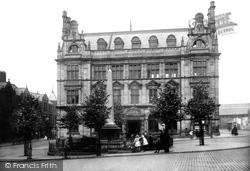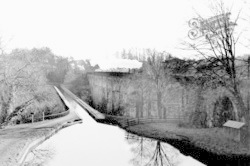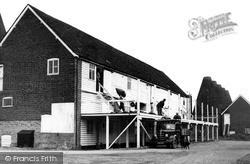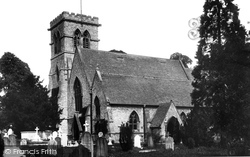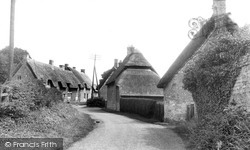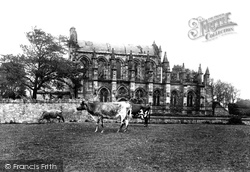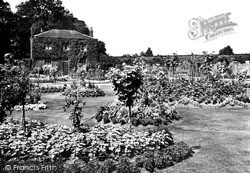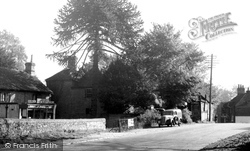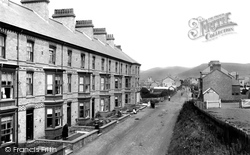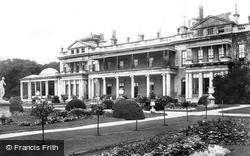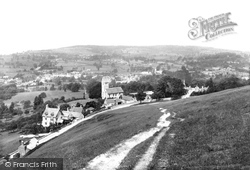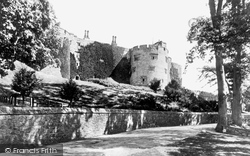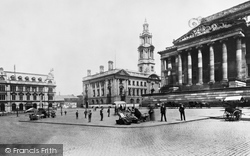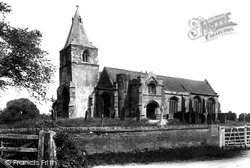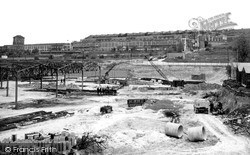Merry Christmas & Happy New Year!
Christmas Deliveries: If you placed an order on or before midday on Friday 19th December for Christmas delivery it was despatched before the Royal Mail or Parcel Force deadline and therefore should be received in time for Christmas. Orders placed after midday on Friday 19th December will be delivered in the New Year.
Please Note: Our offices and factory are now closed until Monday 5th January when we will be pleased to deal with any queries that have arisen during the holiday period.
During the holiday our Gift Cards may still be ordered for any last minute orders and will be sent automatically by email direct to your recipient - see here: Gift Cards
Places
4 places found.
Those places high-lighted have photos. All locations may have maps, books and memories.
Photos
2 photos found. Showing results 561 to 2.
Maps
65 maps found.
Books
Sorry, no books were found that related to your search.
Memories
4,591 memories found. Showing results 281 to 290.
The Shops And Doctors At Sandiway 1956
We first arrived in Sandiway in 1956. I remember getting off the bus at the top of Mere Lane and walking down towards our new home in Cherry Lane. The house was a 'tied house' belonging to the ICI and our ...Read more
A memory of Sandiway in 1956 by
Holidays In Saham Hills
Just after the war we visited Saham Hills quite regular from Hull. We stayed with an aunt and uncle of my father's by the name of Smith. He was called Charlie, his wife was Pat and they had a son who was called young ...Read more
A memory of Saham Hills in 1950 by
Living At Almington Hall
I was only 5 or 6 years old when my mother was employed as a cook at the hall. I remember we had a bedroom at the top of the hall and when Mother put me to bed, Nanny would come and take to the nursery to play. I ...Read more
A memory of Almington in 1945 by
Styal Open Air School
I was at Styal Open Air School from 1958-1967 and I have wonderful memories of picnics on the lawn outside Wendy House where I lived, and trainee teachers coming in the summer and playing games with us and taking us out to ...Read more
A memory of Styal in 1958 by
Evacuee
My mother was evacuated to Bishop Nympton ( but going to school in South Molton) She arrived with her mother and her brand new baby sister sometime during the War...I don't know the year right now, I need to find out. They were ...Read more
A memory of South Molton by
Police Dog Training Usaf
I am looking for any information of the time I was training in U.S.A.F class 7 and my dog Rusty, Oct to Nov 1957. Mr Frickey was my trainer. I had spent two weeks in hospital of my 6 week course. Still came out 1. I do ...Read more
A memory of Netheravon in 1957 by
Roots
My Grandfather William Hazell came from Pentlow and was a legend in our family. the rest of his family spelled their name Hasell and there seem to be many in Pentlow going back to the 1700s. Grandfather William found himself in Pentlow and ...Read more
A memory of Pentlow in 1890 by
Spondon During War
I occasionally came to live with my sister in Spondon during the war years. I lived in Ockbrook Road, the house was named Tarbet House. At the rear across two fields was an anti-aircraft battery of four guns, which when they ...Read more
A memory of Spondon in 1942 by
When I Lived In Strichen
We came to Strichen from the Auchnagatt area in 1949 and I went to Strichen primary and secondary schools. It was real sad when the old school was knocked down. I stayed out at Newmill which was also Michies brewery and ...Read more
A memory of Strichen in 1967 by
The War Years
I was born in Ryde in 1938 and when war broke out, my mother and myself moved in with my grandparents, Laurence and Lucy Stroud (nee Meecham) into what is now Wellwood Grange but in those days was just Wellwood. It was the home of ...Read more
A memory of Binstead by
Captions
913 captions found. Showing results 673 to 696.
The ancient ports of Wardleys and Skippool near Hambleton Creek handled slaves and ships from Russia. 19th-century visitors to the creek came for 'Hambleton hookings', large mussels which sometimes contained
The one on the left was built in 1904- 05, when electricity came to Surbiton, so it was given the name Electric Parade.
The one on the left was built in 1904- 05, when electricity came to Surbiton, so it was given the name Electric Parade.
The Westminster Bank and the Dixon Arms were both there to serve the farmers who came to the market.
Spring water in cans at 5 old pence was hawked about the streets by one enterprising native before piped water came.
King Charles II came here September 23rd 1651.' The Town Hall (top left) was designed by William Tyler in 1785. An Austin 7 Tourer (left) is parked in front of the Morris Commercial delivery van.
It had an added fame in those years when the flight of steps provided an open-air dais for speakers on religion, politics and strike action.
Robert Burns came to the town in 1791 and lived with his wife and family in a house in Millhole Brae. Burns died in 1796 at the age of 36 and is buried in St Michael's Church.
When Henry II came to the throne, he resolved the lack of royal castles in Suffolk by confiscating four of Hugh's.
Two years later the Art Gallery opened, and the whole building came into use.
Its majesty was attenuated somewhat when the Great Western Railway line from Wolverhampton to Chester came along and was built even higher.
Up until the Second World War, this work was undertaken by entire families who came from South London and the East End to stay on the farms and supplement their income with this casual labour
Close to the buttress nearest the camera, W S Gilbert, of Gilbert and Sullivan fame, sleeps under the widespread wings of a white angel; Gilbert lived at Grimsdyke, a house by Norman Shaw, to the north
attractive Saxon village on the road from Oakham to Stamford now overlooks the modern dam on the north-east angle of Rutland Water formed in the valley of the River Gwash, landscaped by Dame
The chapel, which is famed for its elaborate carvings, was founded in 1446 as a collegiate church, but only the lady chapel and choir were completed.
The bricks came from Milnes's works, and timber was imported from Russia, where his cloth exports flourished.
North-west of Godalming, Compton is famed for the Watts Gallery and Chapel, commemorating the Victorian painter George Frederick Watts.
St Cadfan was one of the Three Blessed Visitors who came from Brittany in the 6th century; he was the founder and first abbot of the monastery on Bardsey Island.
The stone for Grimston came from the Tadcaster quarries of the Vavasour family from nearby Hazlewood Castle.
The monument to the left of the church came from the 1851 Great Exhibition.
One of Chirk's more unusual claims to fame is that it was once besieged by its owner.
Two years later the Art Gallery opened, and the whole building came into use.
Eventually, having run out of food, she came out. All were dead except for just one man.
Steel work came from the US; it had been intended for a wartime GMC plant making B29 bombers. New block AA was among the largest steel frame structures of the day.
Places (4)
Photos (2)
Memories (4591)
Books (0)
Maps (65)

